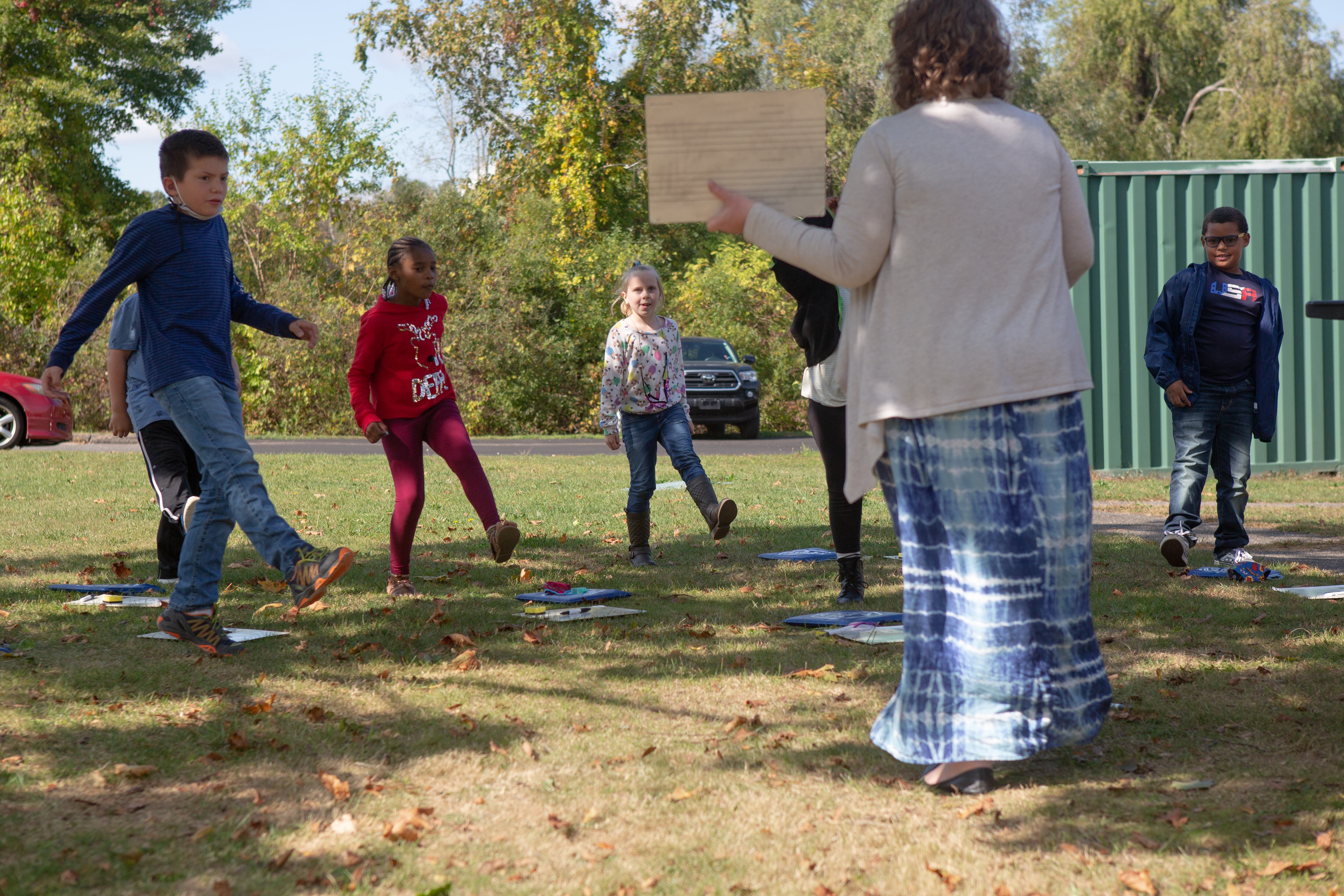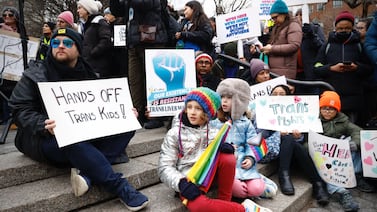With the end of the school year approaching, Indianapolis teacher Katy Aiello considered signing up to work summer school. She quickly decided: “Nope.” After a roller-coaster year of both remote and in-person learning, she’s planning a well-deserved break.
“It’s just extremely difficult for me to see myself doing something other than self care this summer,” said Aiello, who teaches fourth grade. “I need some time to travel, relax, walk away from the computer screen.”
She’s not alone. Fourteen months after the pandemic started, many teachers are facing burnout. But the fatigue comes at a moment when educators are in high demand.
School districts and programs across the country are ramping up summer school programs — many supported at least in part by federal stimulus money — in an attempt to make up for lost instructional time caused by COVID-19. In Marion County, districts are seeing varying interest when looking to staff summer classrooms, and some are making the idea more enticing by raising pay.
The Indy Summer Learning Labs, which will accept up to 7,000 students at 35 sites across the county, are offering teachers a $10,000 stipend for working around 30 hours per week for five weeks.
That’s about $66 an hour — well above the $40 per hour Indianapolis Public Schools teacher Nathan Blevins said he would typically receive for teaching a few of weeks of summer school. He signed up, saying it’s a way to help his family.
“I guess, like everyone, I’m a little tired,” said Blevins, a history teacher at Longfellow Middle School. “But the time we have had in the classroom so far this year has been productive. It actually has kind of reenergized me a bit. When I was feeling my worst was when we were virtual.”
The new Summer Learning Labs were launched by The Mind Trust, in partnership with the United Way of Central Indiana and including school districts such as IPS and Decatur Township. (IPS also runs its own summer school.)
The labs are an extension of the community learning sites the local education nonprofit started last fall to help students with remote learning. But the summer days will be a little different, mixing academics with activities so it feels a little more like camp than school. The program will require 350 teachers, as well as instructional assistants and site facilitators.
“It was important for us to make sure that we are compensating teachers well,” said The Mind Trust’s Senior Director of Talent Sara Marshall, adding that the program will provide curriculum to take the pressure of lesson planning off teachers’ shoulders.
“We know that this year has been a really challenging year,” Marshall said. “We didn’t want this summer to feel like the typical experience.”
Lawrence Township Schools are also offering teachers a competitive rate of $50 an hour — double the district’s typical summer school pay — for its expanded summer program, Jump Start. The program, which will run Monday through Thursday, is free for any interested student. For elementary schoolers, it includes free after care and a day camp on Fridays. For middle schoolers, it includes free transportation.
It’s a big change from a typical summer, when the district would hold summer school at one elementary for a small group of students identified as needing extra help. So far around 4,000 students have already enrolled, said district spokesperson Dana Altemeyer. Recruiting teachers hasn’t been a problem, Altemeyer said, and the district has already hired around 200.
“With the pandemic, we have some students that have some unfinished learning so we need to get them up to speed,” Altemeyer said.
There are also other options for educators looking for a break from the rigor of leading a classroom. Indianapolis teacher Lillian Barkes opted to tutor underserved students in the city through a nonprofit. She said she appreciated the pay IPS offered teachers, but she ultimately was looking for more freedom and flexibility — and a break from lesson planning.
“When you work with kids that live in poverty or come from traumatic backgrounds, the pandemic really heightened that,” she said. “A lot of people didn’t get the help that they need. … I think it’s really starting to show. All of that contributes to the burnout that we are feeling.”






